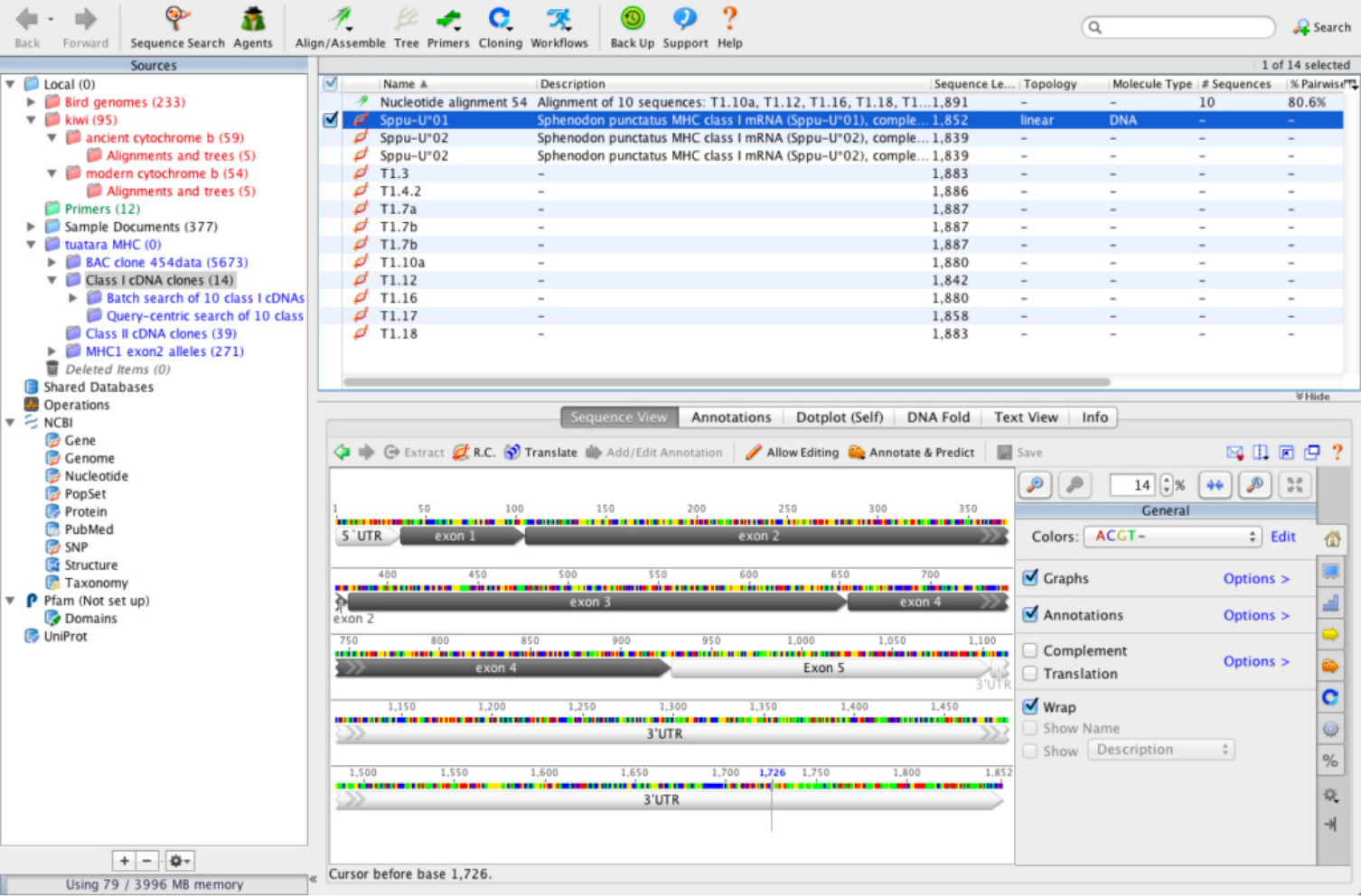

"VAGUE: A graphical user interface for the Velvet assembler".
Sequencher contig software#
"A Practical Comparison of De Novo Genome Assembly Software Tools for Next-Generation Sequencing Technologies". ^ "Velvet Manual" Retrieved 18 October 2013."Velvet: Algorithms for de novo short read assembly using de Bruijn graphs". "Assembly algorithms for next-generation sequencing data".

"Velvet: de novo assembly using very short reads". Using the Velvet de novo assembler for short-read sequencing technologies. "Using the Velvetde novo Assembler for Short-Read Sequencing Technologies". A graphical user interface for the Velvet assembler was developed in 2012 and designed to overcome this problem and simplify the running of Velvet. One of the main drawbacks in the use of Velvet is the use of the command-line interface and the difficulties users, especially beginners, face in the implementation of their data. Velvet algorithms was designed for this and are able to perform short read de novo sequencing alignment in relatively short computational time and with lower memory usage compared to other assemblers. To overcome these issues, dynamic sequencing programs that are efficient, highly cost effective and able to resolve errors and repeats were developed. The connections between the reads become more indistinct due to the decrease in overlapping sections leading to a greater possibility of errors. A larger number of reads also increases the size of the overlap graph, making it more difficult and lengthy to compute. This in turn increases the complexity of the sequencing and significantly increases computational requirements. However, short reads contain less information than larger reads thus requiring a higher assembly read coverage to allow for detectable overlaps. They are also simpler to operate with higher parallel operation and higher yield. Typically, NGS operate with small reads, less than 400 bp, and have a much lower cost per read than previous first generation machines.
Sequencher contig manual#
Most importantly, a file of contigs contains the sequences of the contigs longer than 2k, where k is the word-length used in velveth.įor more detail and examples refer to the Velvet Manual Motivation Ĭurrent DNA sequencing technologies, including NGS, are limited on the basis that genomes are much larger than any read length. It then extracts the contigs.Īfter running velvetg a number of files are generated.

velvetg This command builds the de Bruijn graph from the k-mers obtained by velveth and runs simplification and error correction over the graph. Velveth This command helps to construct the data set (hashes the reads) for velvetg and includes information about the meaning of each sequence files. Velvet erases these errors after completion of the Tour Bus algorithm, applying a simple coverage cut-off that must be defined by the user. These are connections that do not generate correct paths or do not create any recognizable structures within the graph. The following figure shows an example of a de Bruijn graph generated with Velvet:įigure 5: Example of bubble detection Erroneous connections In other words, an arc from node A to node B exists if the last k-1 characters of the k-mer, represented by A, are the first k-1 characters of the k-mer represented by B. Two nodes are connected if its k-mers have a k-1 overlap. More specifically Velvet represents each different k-mer obtained from the reads by a unique node on the graph. This application of Velvet can produce contigs with a N50 length of 50 kb on paired-end prokaryotic data and a 3 kb length for regions of mammalian data.Īs already mentioned Velvet uses the de Bruijn graph to assemble short reads. The combination of short reads and read pairs allows Velvet to resolve small repeats and produce contigs of reasonable length. Repeats are then removed from the sequence via the repeat solver that separates paths which share local overlaps. It eliminates errors and resolves repeats by first using an error correction algorithm that merges sequences together. Velvet works by efficiently manipulating de Bruijn graphs through simplification and compression, without the loss of graph information, by converging non-intersecting paths into single nodes. This led to the development of Velvet by Daniel Zerbino and Ewan Birney at the European Bioinformatics Institute in the United Kingdom. The manipulation of de Bruijn graphs as a method for alignment became more realistic but further developments were needed to address issues with errors and repeats. The development of next-generation sequencers (NGS) allowed for increased cost effectiveness on very short read sequencing.


 0 kommentar(er)
0 kommentar(er)
